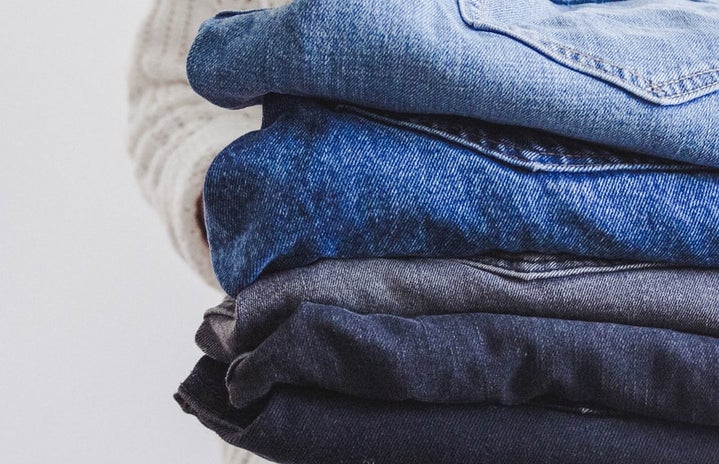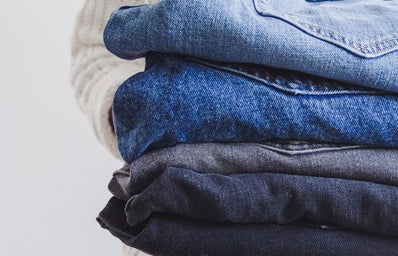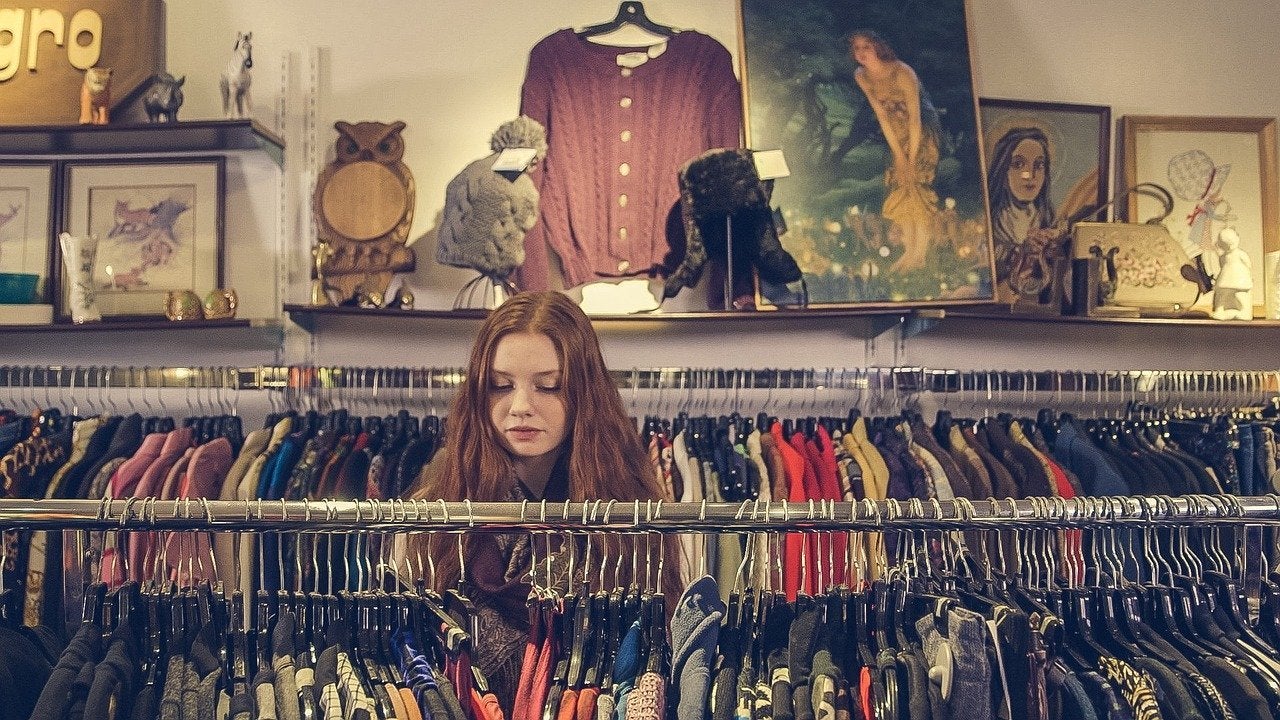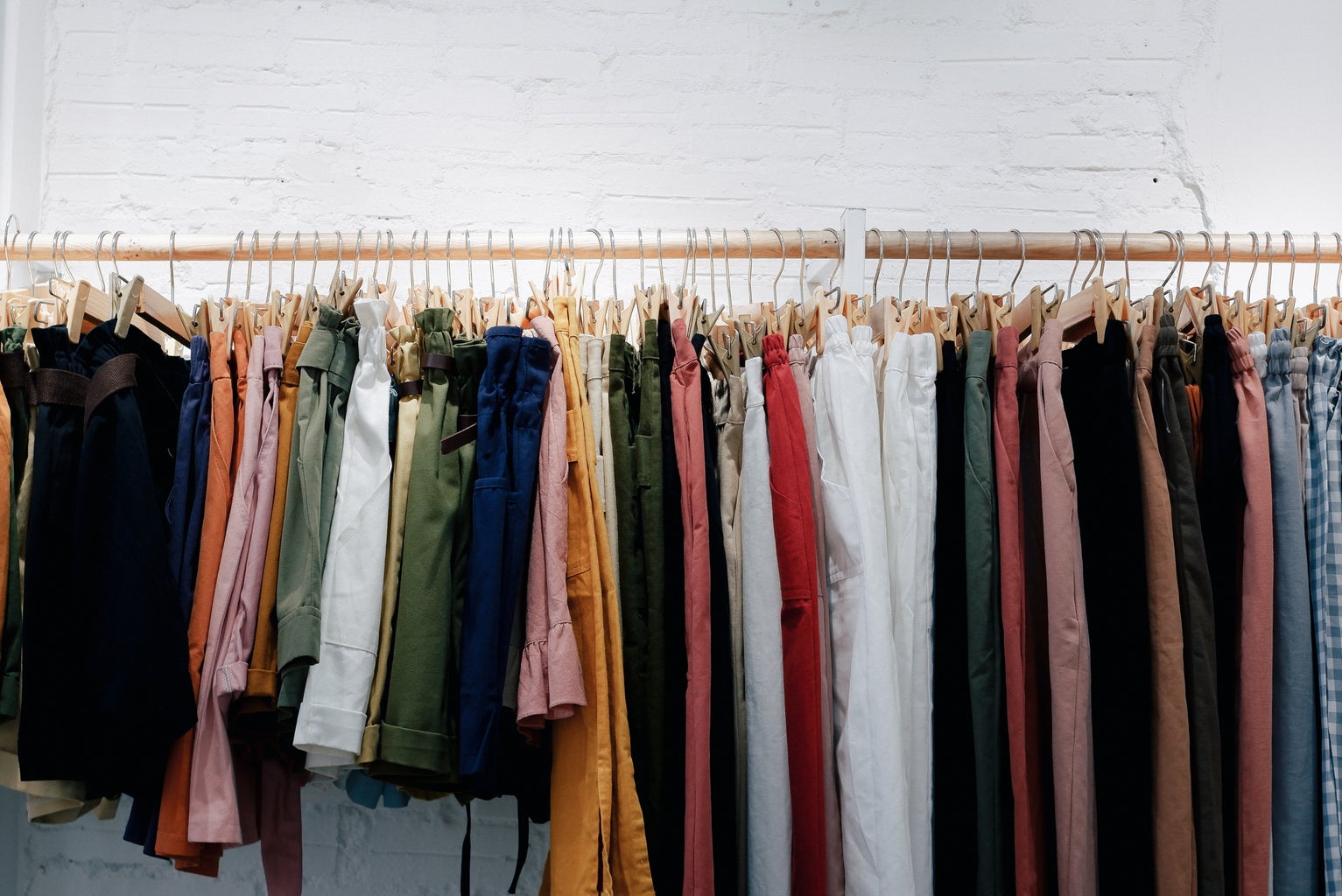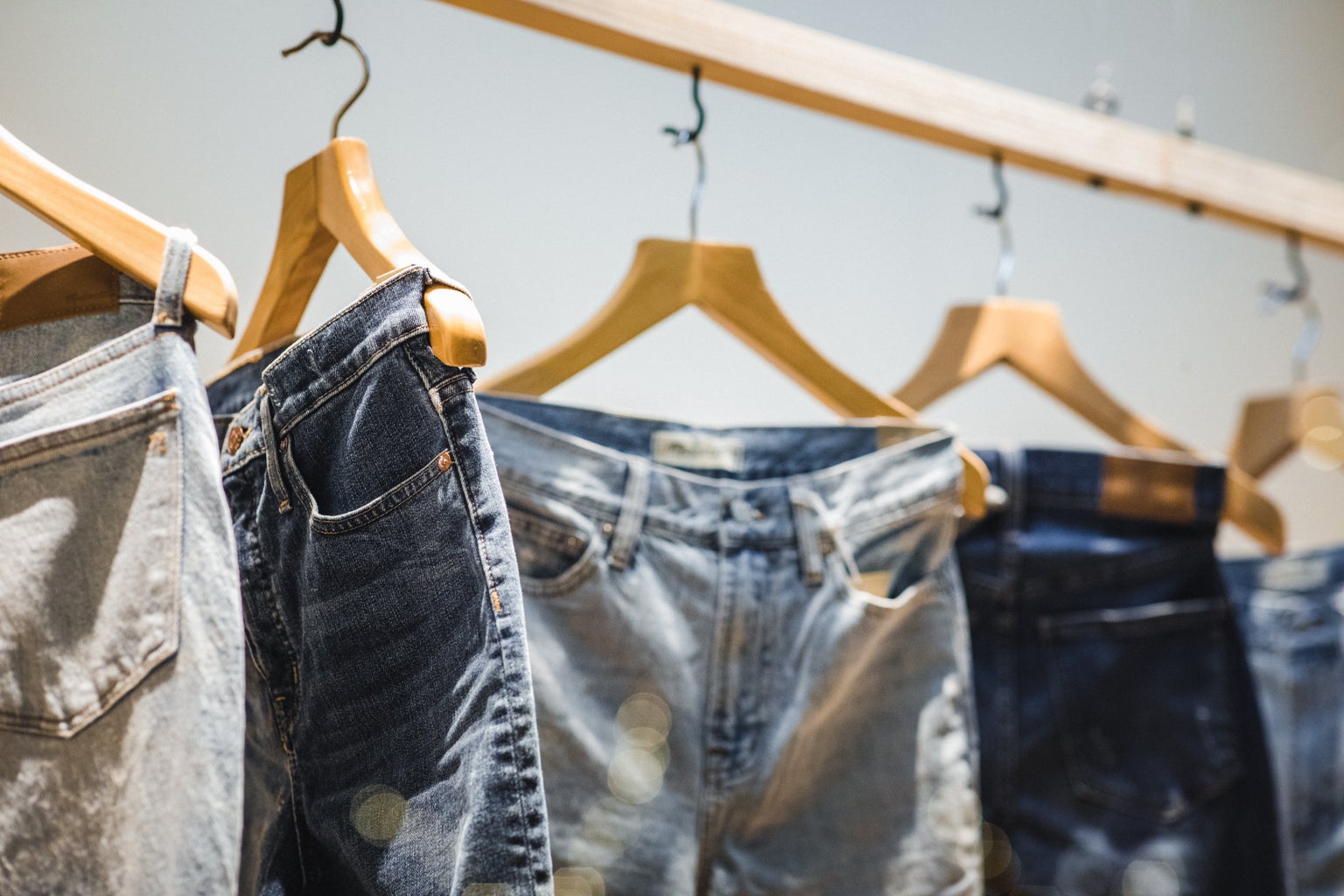A few weeks ago, I paid a visit to my local mall for a back-to-school shopping restock (a must needed task before starting a new semester!) One of the store windows I passed by caught my eye – it housed not one, not two, but three full display tables of designer items. I tiptoed closer to the window, intrigued. As I scanned the items, I noticed something strange: their logos looked almost identical to the brands I had thought they were… but something was a little off. Donning my glasses, I read the price tag. It clicked in me what was happening here.
Duplicate items, coined “Dupes”, are cheaper replicas of high-end, luxury products. Dupe culture, the increased popularity of buying duped items, is a growing occurrence taking the fashion industry by storm. The lower price tag and increased availability of dupes encourages the dupe-demic to spread, with many TikTok and Instagram influencers exacerbating the issue. A simple haul or review of a dupe product on social media has the potential to start a trend followed by many, especially Generation Z. But, the stack of duped Van Cleef clover bracelets and the bottomless pile of look-alike Skims tops are hiding the real problem: dupe culture has gone too far.
The dupe-demic spreads when there is a high price on a short-lived, popular item. The question then arises, does opting for a cheaper alternative to a high quality item defeat the point of purchasing the item in the first place? A dupe not only glosses over the rewarding feeling of buying designer, but it also encourages fast fashion culture. Before even removing the price tag off your first bag, you are already shopping for the next. Additionally, since duped items are only intended for a few wears, dupe culture begins to encourage mass spending and production. For example, the Neverfull Louis Vuitton bag is priced at $1500 by the company, but a dupe is only $50. 30 dupes from potential mass spending could equal 1 designer – defeating the fundamental purpose of a lower price dupe.
Potentially, the most problematic aspect of dupe culture is the conflict of personal preference vs. societal influence. Are we buying items simply because we see everyone else buy them? Or is our decision shaped by our own likes/dislikes, independent of others’ opinions? Larger ideas of societal deindividualization come to light as more dupes are popularized by influencers, purchased by many consumers, and worn for only a few months until the cycle repeats. Additionally, discerning what is real vs fake becomes increasingly difficult: the motivation behind dupe culture ties closely with the philosophy for undergoing popular beauty modifications, including cosmetic procedures and plastic surgeries. People sometimes participate in both of these realms in order to fit societal standards of beauty and status.
Although there is some concern with the growing purchase of dupes, it would be imprudent to solely comment on one side of the argument. There is commentary that designer items are too overpriced and feed into elitism. Dupes are an avenue for more affordable options that allow everyone the opportunity to feel beautiful and confident in what they wear, which I believe is very important. However, the extent of dupe culture has gone too far – the conditions workers undergo to create dupes is worsening and the resource wastage as a result of fast fashion is increasing.
Designer, although very expensive, is an ingrained part of social culture. It is an essential foundation for fashion and creative designers as well as the basis for several fashion magazines, such as Vogue and Cosmopolitan. Designer encourages us to push the bounds of creative expression and value the art form of fashion.
I for one feel that the dupe-demic has spread for far too long. Finding a cure is imperative to prevent prolonged mass consumerism and fashion conformity. The future of fashion is in your hands – so maybe think twice before you buy that dupe!
